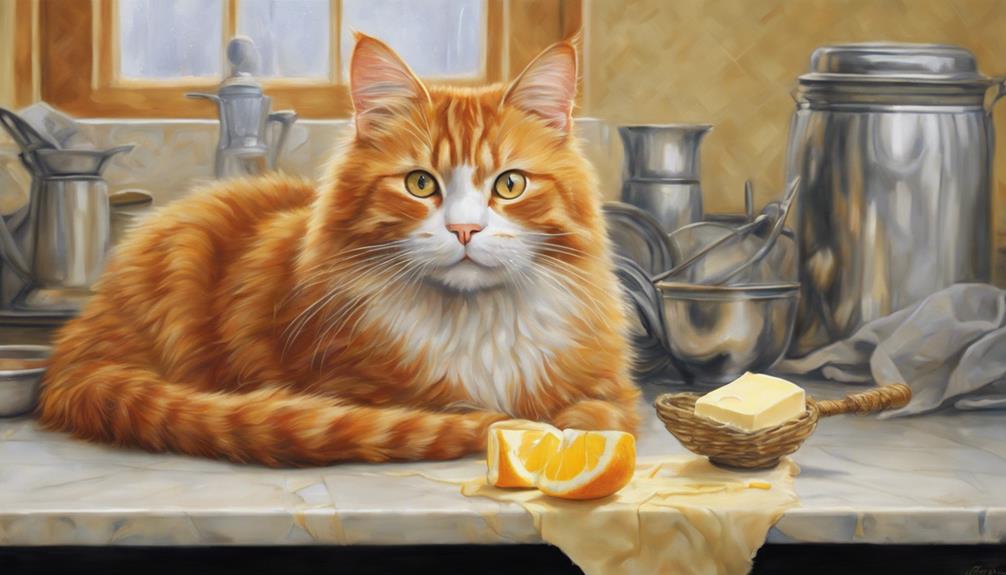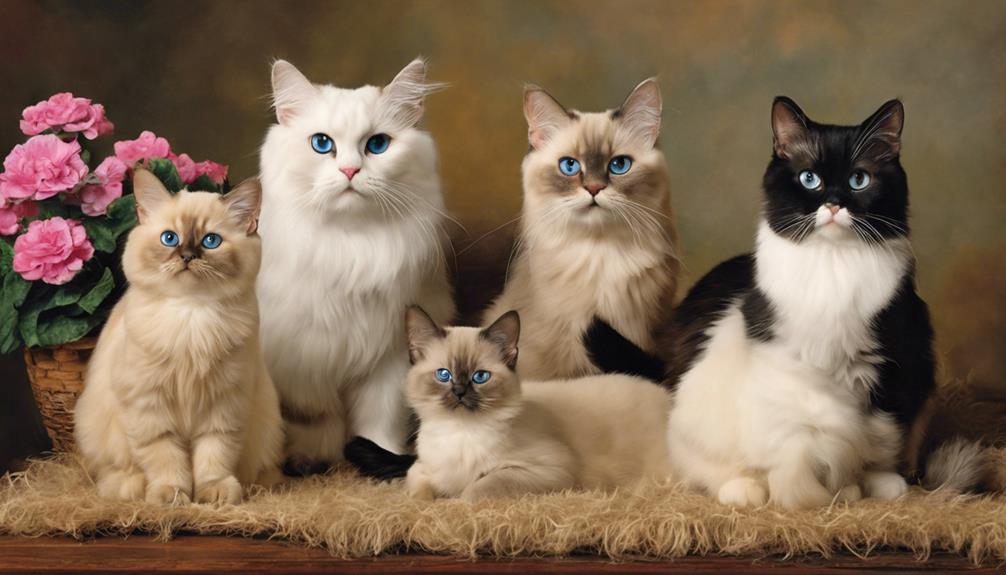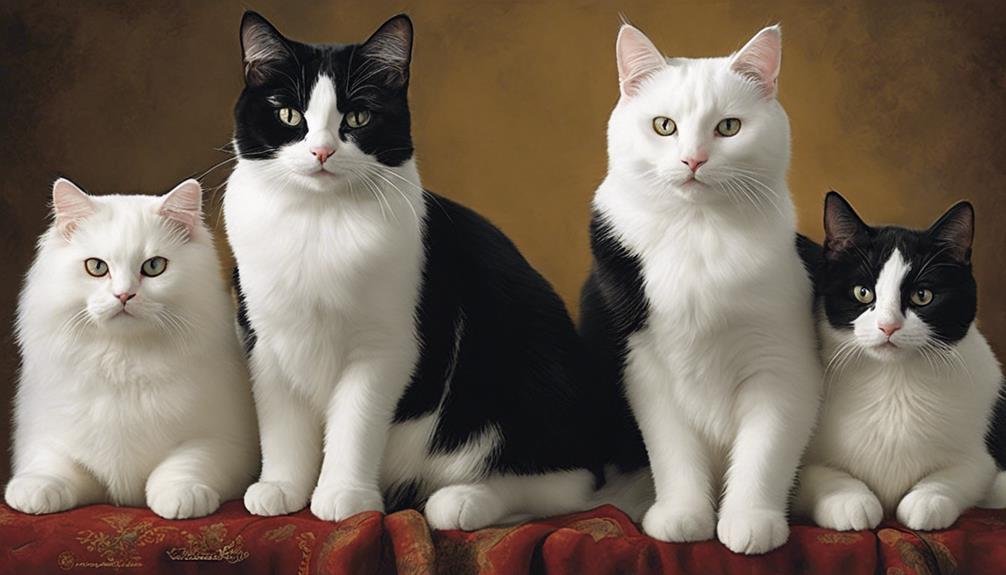To calm an overstimulated cat, observe signs like tail twitching, restlessness, and dilated pupils. Create a safe haven by removing stressors, providing comfy bedding, and a quiet, dimly lit space. Redirect excess energy with interactive play and mental stimulation. Implement calming techniques by ending play promptly, monitoring behavior closely, and intervening early. Keep your cat mentally engaged with interactive toys and DIY enrichment activities. These steps will help your feline friend relax and feel at ease.
Key Takeaways
- Observe signs of overstimulation promptly.
- Create a safe, quiet space for retreat.
- Redirect excess energy through play.
- Implement calming techniques promptly.
- Provide mental stimulation for engagement and relaxation.
Recognizing Signs of Overstimulation
When we observe our feline friends exhibiting signs such as tail twitching, dilated pupils, and restlessness, we may be witnessing indicators of overstimulation in cats. These behaviors signal that our beloved pets might be reaching their limit during play sessions or petting. Additionally, pay attention to subtle cues like skin twitching and ears turning back or flicking. If you notice your cat becoming agitated during interactions, it's crucial to recognize these signs of overstimulation promptly.
Overstimulation in cats can lead to uncomfortable situations for both the cat and the owner. Understanding these signs allows us to adjust our behavior accordingly and create a more harmonious environment for our furry companions. By being attentive to the signals our cats give us, we can prevent situations that may escalate into stress or aggression. Recognizing these signs early on can help us keep our cats calm and content during interactions, ensuring that both parties enjoy their time together.
Creating a Safe Environment
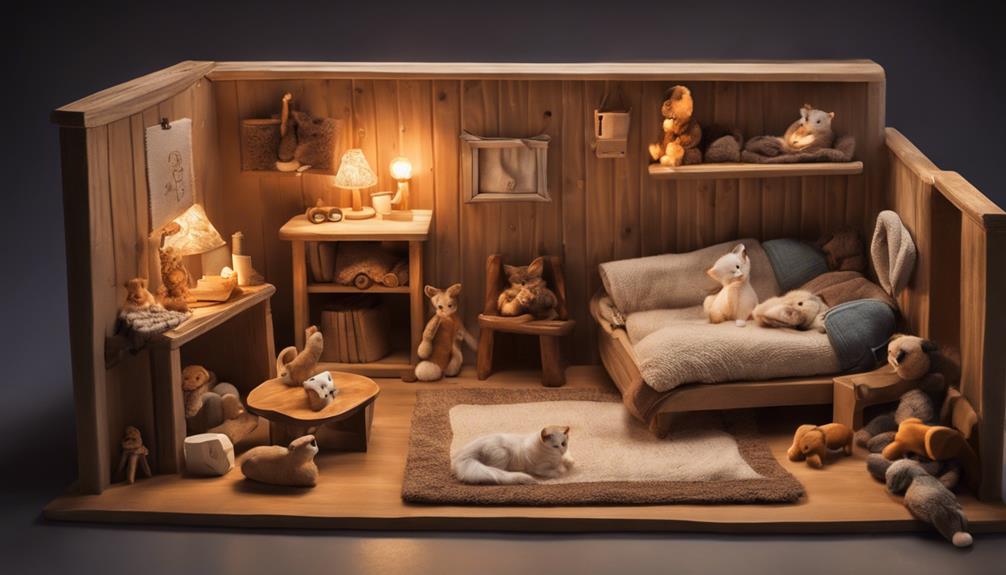
To establish a soothing environment for an overstimulated cat, provide a quiet, dimly lit space where the cat can retreat when overwhelmed. Ensuring a safe haven for your pet to relax and destress is crucial. Here are some tips to help you achieve this:
- Remove stressors: Identify and eliminate any triggers that could be causing your cat distress.
- Offer comfortable bedding: Providing a cozy and familiar spot for your cat to rest can help them feel secure.
- Allow alone time: Give your cat the opportunity to have some quiet moments to unwind and calm down.
Redirecting Excess Energy
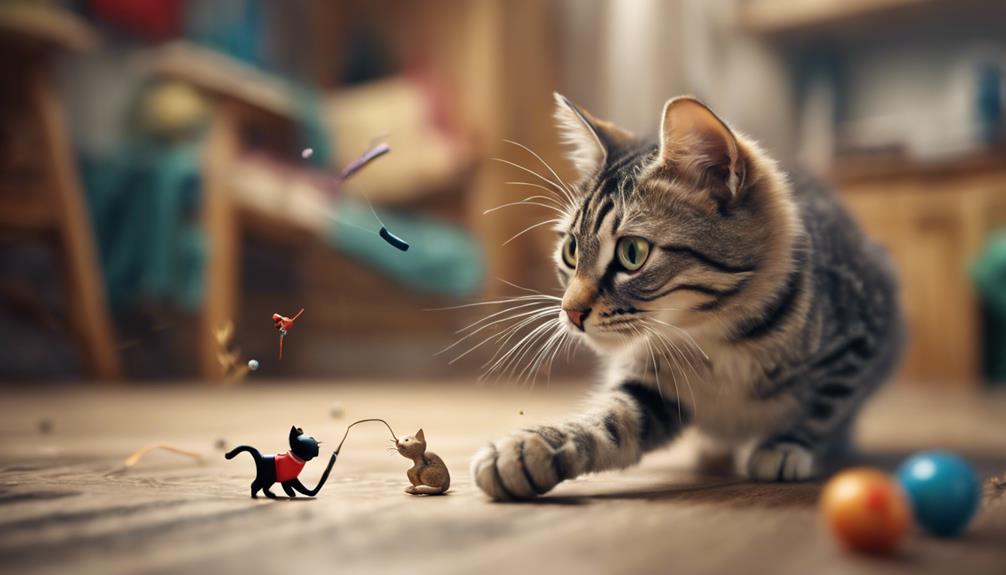
To help an overstimulated cat channel its excess energy, engaging in interactive play sessions is a beneficial strategy. When your cat is experiencing sensory overload or overstimulation, redirecting their energy through play can be highly effective.
Interactive play sessions not only provide mental stimulation but also engage your cat's mind and body, helping them release pent-up energy in a positive way. Pet your cat gently while encouraging them to play with toys or engage in activities that capture their interest.
Incorporating puzzle-solving activities or toys can further redirect your cat's energy and reduce overstimulation. Offering scratching posts or toys specifically designed to stimulate your cat mentally can also be helpful.
Additionally, creating a calm and quiet environment can aid in redirecting your cat's energy towards more calming activities. Remember, providing enriching activities like food puzzles or treat-dispensing toys can keep your cat engaged while promoting a sense of relaxation and well-being.
Implementing Calming Techniques
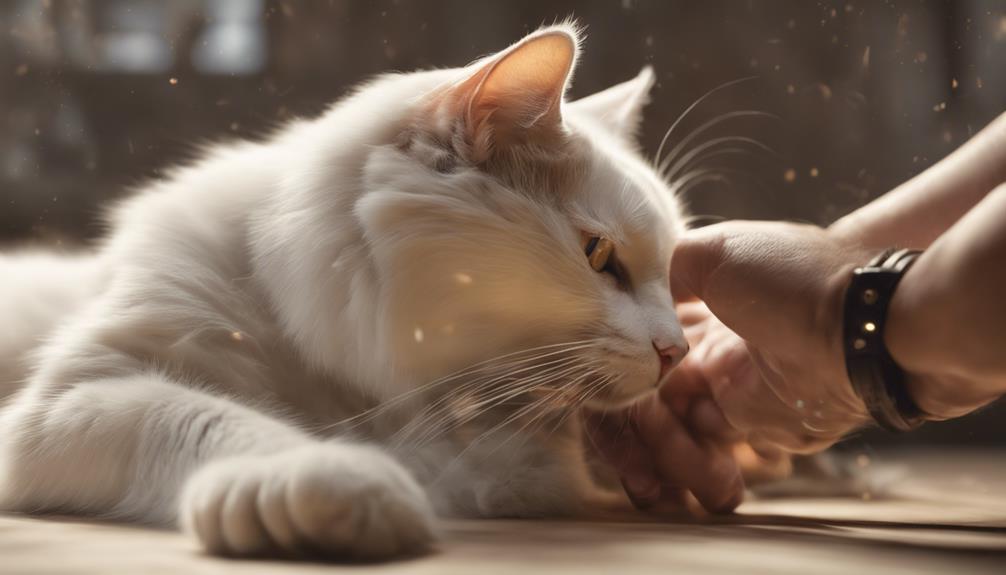
Let's explore practical ways to help an overstimulated cat relax and find peace through calming techniques. When it comes to calming an overstimulated cat, there are several effective strategies you can implement:
- End Play Sessions Promptly: Ensuring play sessions per day are kept short and sweet can prevent your cat from becoming overstimulated.
- Provide a Relaxing Environment: Creating a quiet, dimly lit space for your cat can help reduce stress and anxiety levels.
- Monitor Behavior Closely: Being vigilant for signs of overstimulation allows you to intervene early and implement calming techniques promptly.
Providing Mental Stimulation
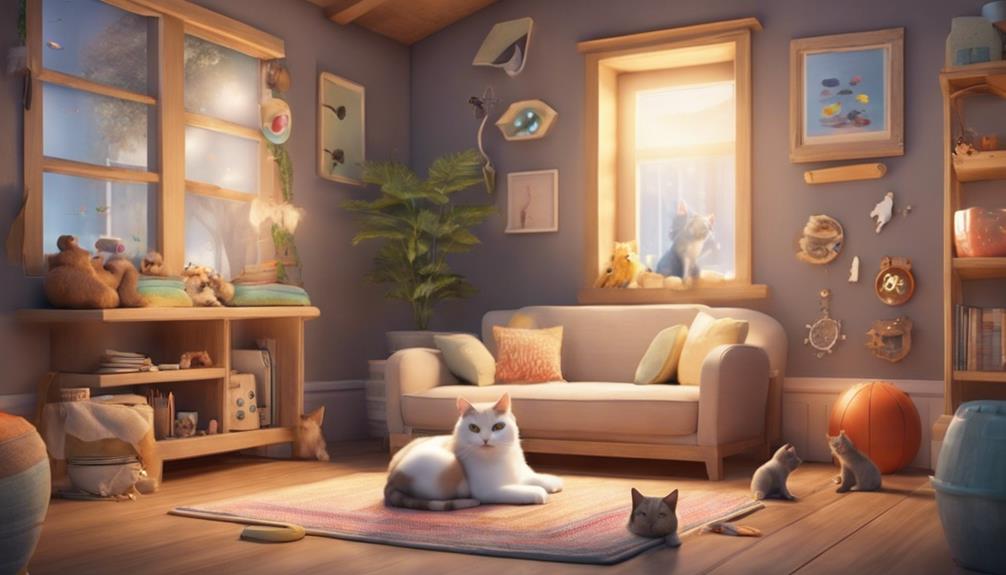
Engaging in various interactive activities can provide essential mental stimulation for cats and keep them entertained. Cats thrive on play behavior, and offering a variety of interactive toys like feather wands, laser pointers, and puzzle feeders can help keep their minds engaged. Observing cat body language during playtime can also give insights into their preferences and level of stimulation. To prevent essential stimulation, it's vital to rotate toys regularly and introduce new ones to keep things fresh and exciting for your feline friend. Consider incorporating clicker training, hide-and-seek games, or scent-based challenges to further stimulate your cat's mind.
For a more hands-on approach, DIY cat enrichment activities such as cardboard boxes, paper bags, and homemade puzzle toys can provide mental stimulation while strengthening your bond with your pet. By paying attention to your cat's responses and adjusting activities accordingly, you can create a stimulating environment that keeps them happy and mentally sharp.
Frequently Asked Questions
How Do You Calm Down a Hyper Cat?
We calm down hyper cats by engaging in interactive play, providing a quiet environment, using calming techniques like petting, offering high-protein snacks, and considering calming products like pheromone sprays. These methods help cats relax and unwind.
Why Does My Cat Get Overstimulated so Quickly?
Comprehending why cats get overstimulated quickly. Factors like sensory sensitivity, predator instincts during play, pain, or social thresholds contribute. Recognizing these triggers helps manage our feline friends' stimulation levels effectively, ensuring their well-being.
What Is Sensory Overload in Cats?
We experience sensory overload in cats when they're overwhelmed by excessive stimuli, leading to erratic behavior. Triggers like loud noises or crowded spaces can cause distress, shown through dilated pupils or aggressive acts. Understanding this is essential for their well-being.
What Can I Give My Cat to Calm Him Down?
To calm your cat down, consider using calming treats or supplements like catnip. Pheromone sprays can create a soothing environment. Provide a quiet space for relaxation. Engage in interactive play. Stick to routines for consistency.
Conclusion
To sum up, identifying the signs of an overstimulated cat and establishing a secure environment are vital steps to help your furry friend relax.
By redirecting excess energy, implementing soothing techniques, and providing mental stimulation, you can effectively calm your cat and guarantee their well-being.
Remember, a happy and content cat leads to a happy and content owner. So, take the time to understand your cat's needs and create a peaceful environment for them to thrive.




